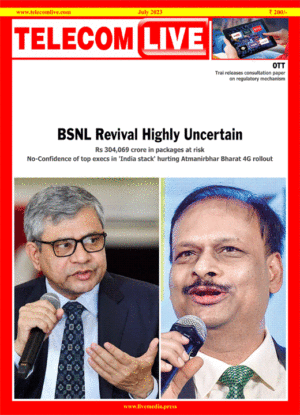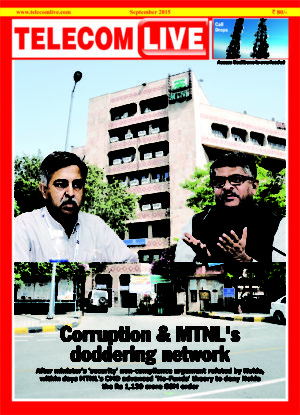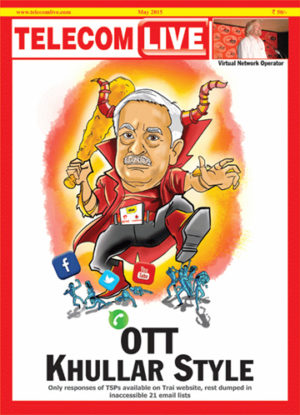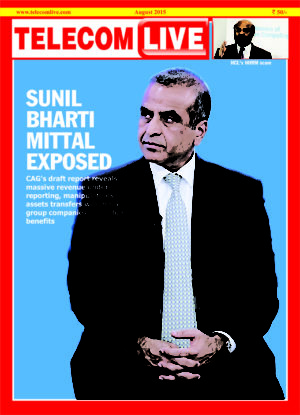The cabinet approved the National Digital Communications Policy (NDCP) on September 26, 2018. The policy has been approved after more than a year’s discussions with stakeholders and after DoT responded to the queries posed by the cabinet secretariat. The features of the policy are several: a promise of $100 billion investment, 40 lakh jobs, 1 crore Wi-Fi hotspots, availability of 50 Mbps broadband speed for every citizen, lower license fee, spectrum usage charges and USO levies for telcos and common numbering scheme for fixed line and mobile services.
Another major highlight of the NDCP is its name-change drive. Telecom will be Digital Communications and is stated in the policy title. This has been done for the first time. Ever since the first national telecom policy was formulated in 1994, all subsequent policies bore the nomenclature of Telecom. This has been done to be truly representative of the current textures in the technology space.
Telecom minister Manoj Sinha has said that Trai would be renamed Digital Communications Regulatory Authority of India (DCRAI). Though whether department of telecommunications will also be re-christened as department of digital communications (DoDC) is not known.
Public Wi-Fi hotspot deployment targets are heartening. 50 lakh by 2020 and 1 crore by 2022, establishing 10 lakh public Wi-Fi hotspots in urban areas, and 20 lakh in rural areas is the stated order of rollout. However, there is no clarity on cost projections. If the present evidence is any pointer, it indicates astronomical amounts.
Take for instance, the recent USO Fund project being done by BSNL of setting up Wi-Fi hotspots in 200 gram panchayats (GPs). The bidding process has revealed a total cost of Rs 17.23 crore or Rs 8.62 lakh/Wi-Fi GP. So, for 30 lakh Wi-Fi hotspots, this would mean Rs 22 lakh crore, and for 1 crore Wi-Fi hotspots investments required would be to the tune of Rs 74 lakh crore. Even if discounts are made available for bulk purchases, the fund requirement is huge.
The DoT has in a clarificatory statement to the cabinet secretariat said that through existing programs of the USOF, 12,50 lakh Wi-Fi hotspots would be done within the next one year. This would call for an investment of Rs 9 lakh crore. Clearly, this is a claim which would need to be watched carefully.
On the revenue side, the reductions in LF, SUC and USO levies will come as a relief for the operators who would have to get into 5G preparedness in terms of spectrum acquisitions and network readiness. Despite clarifications on RoW charges, operators are facing harassments and this needed a better treatment.




